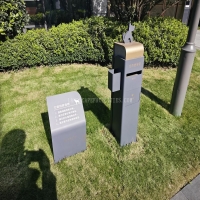Welcome to the website for landscape facilities products and knowledge.
Are there any fire-resistant properties in the materials used for the table?
When evaluating furniture for various environments, the question of fire resistance becomes paramount. Modern table manufacturing incorporates several approaches to enhance fire safety. Many commercial and institutional tables feature flame-retardant treatments applied during production, creating chemical barriers that resist ignition. Certain materials inherently possess superior fire-resistant qualities—metal tables offer non-combustible surfaces, while specially engineered wood composites can include fire-inhibiting compounds.
The level of fire resistance varies significantly based on material composition. Solid wood tables, unless treated, typically combust around 400-500°F, whereas tables with mineral cores or ceramic components can withstand considerably higher temperatures. Many manufacturers now incorporate intumescent coatings that expand when heated, forming protective char layers that insulate the underlying material.
Industry standards like UL certification and ASTM testing provide measurable fire resistance ratings. Tables designed for high-risk environments often feature multiple protective layers, including fire-resistant substrates and surface treatments. While no common table is entirely fireproof, understanding these material properties helps consumers select appropriate furniture for their specific safety requirements, particularly in educational, commercial, and healthcare settings where fire safety regulations may apply.
Related search:

Recommendation
Outdoor cat and dog feces trash can; Community pet trash can; Metal multi-color design